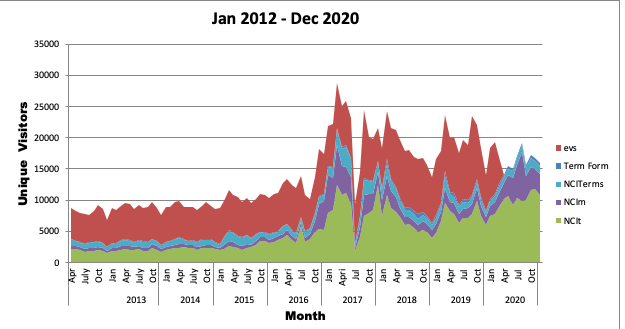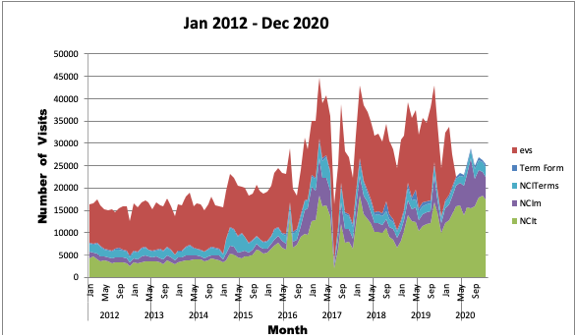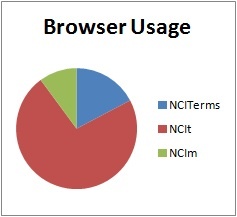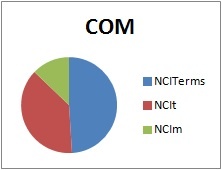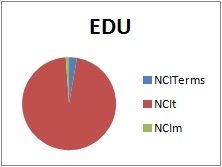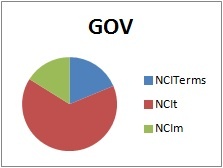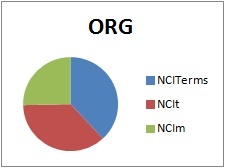 |
Accessibility![]() | Contact CBIIT
| Contact CBIIT![]() | FOIA
| FOIA![]() | HHS Vulnerability Disclosure
| HHS Vulnerability Disclosure![]() | Comment Policy
| Comment Policy![]()
U.S. Department of Health and Human Services![]() | National Institutes of Health
| National Institutes of Health![]() | National Cancer Institute
| National Cancer Institute![]() | USA.gov
| USA.gov![]()
NIH ... Turning Discovery Into Health®
Powered by Atlassian Confluence, themed by RefinedTheme
